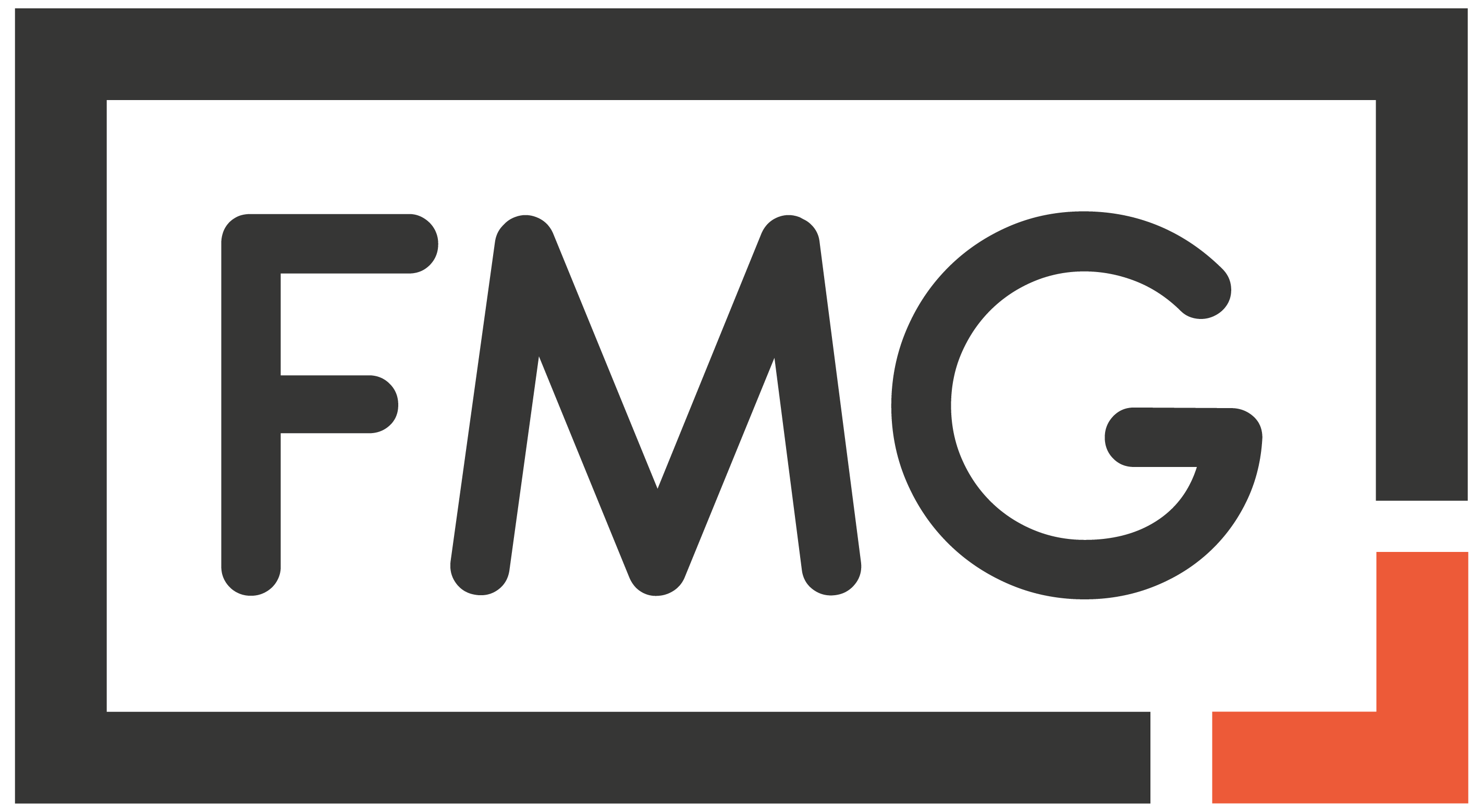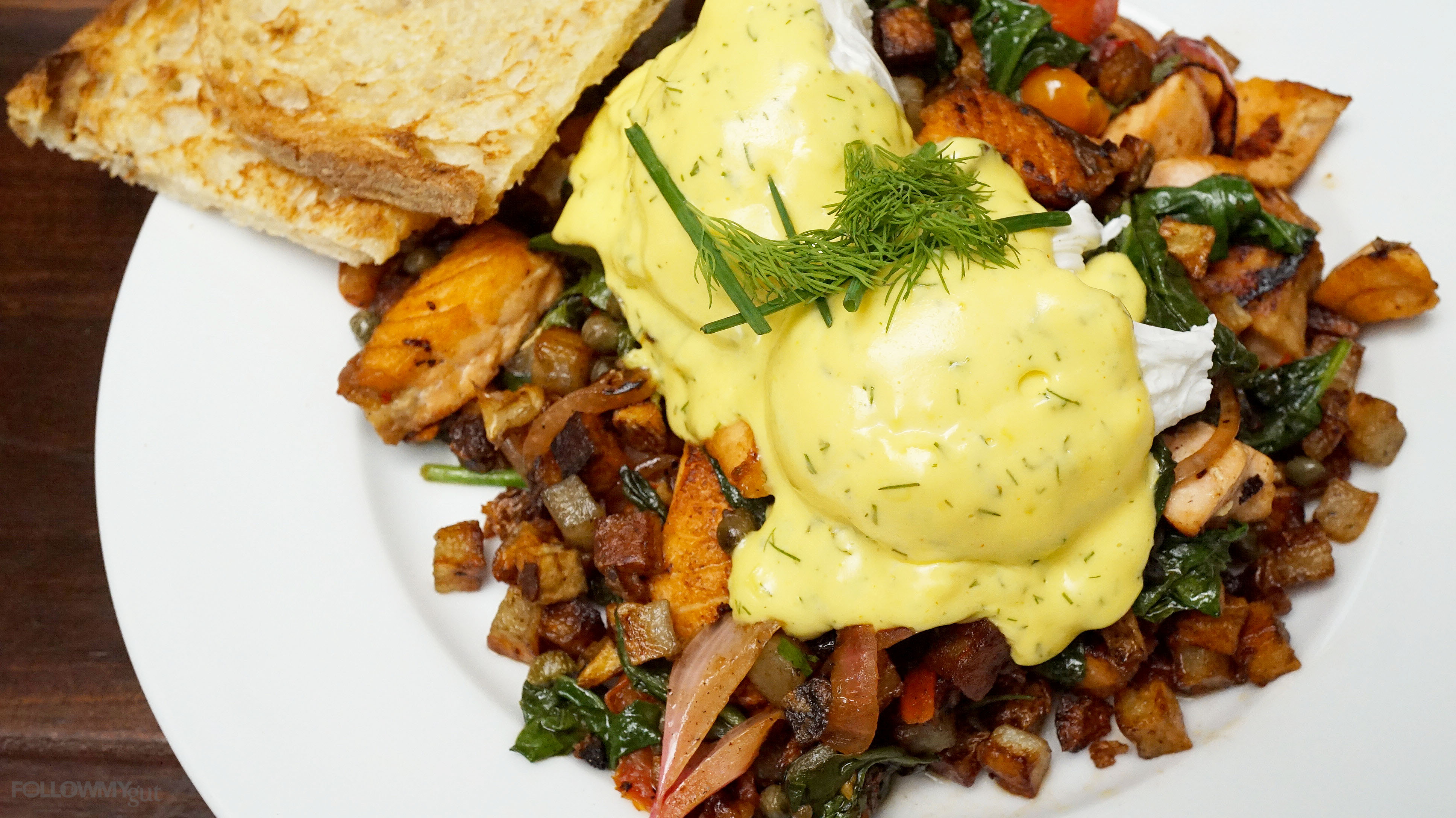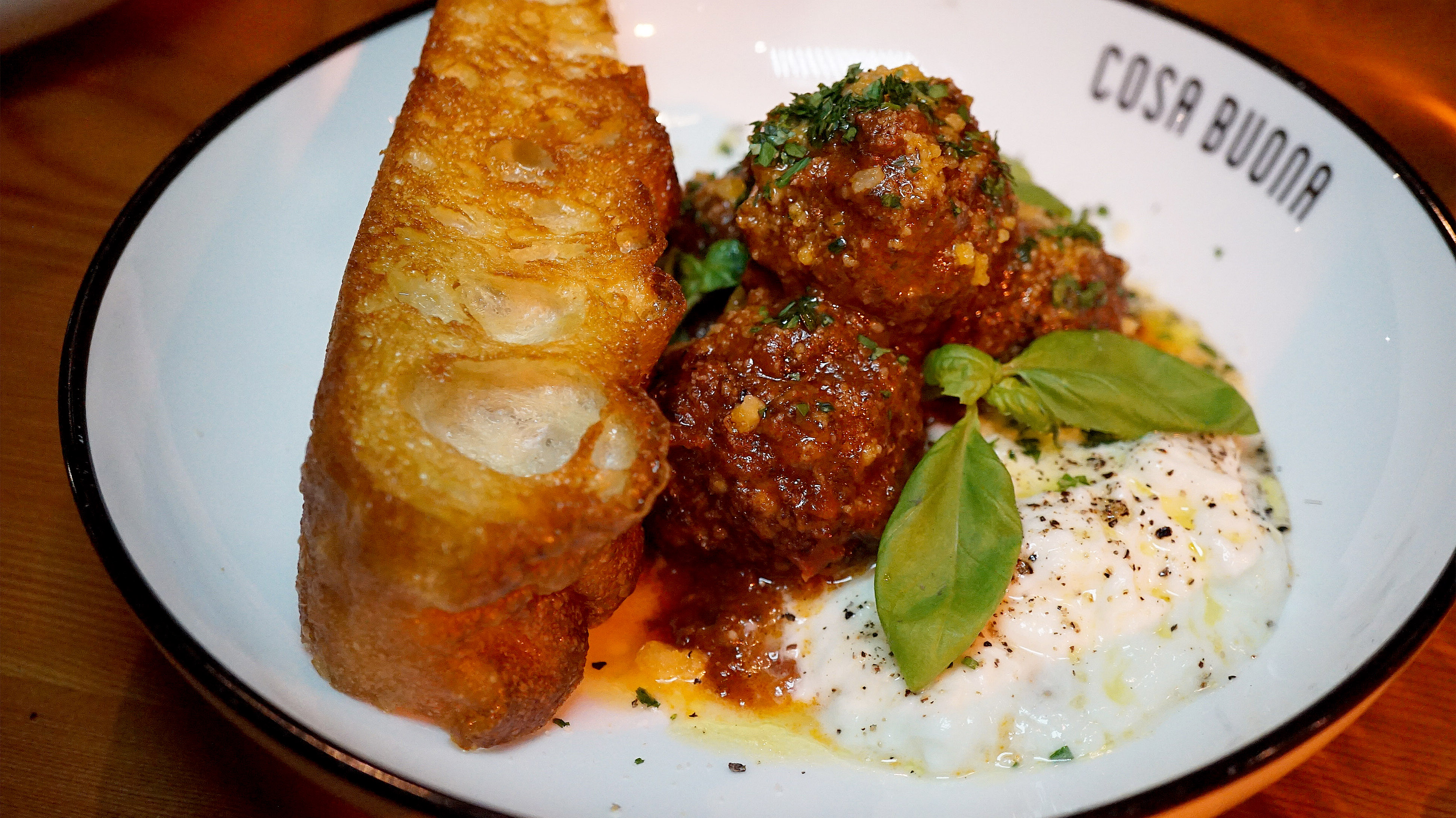7 Tips on Reviewing Restaurants When You Don’t Know What to Do

When I set out to review restaurants, I thought it would be simple: visit a restaurant, eat the food, and write about it.
After blogging for more than two years I’ve realized that’s the overall gist, but it’s not the best way to do it. Whether you go into a restaurant on your own or you’re invited in by the restaurant or a public relations (PR) person, there are a few things I learned that might be useful for you before you head out to photograph food. From proper scheduling, choosing the best place to sit, taking notes, and more here are a few tips to steer you in the right direction.
Getting invites to photograph food is extremely exciting because it means that your hard work is paying off. Go you! However, it can quickly get confusing as the invites start to roll into your inbox. To avoid double booking and forgetting specifics, I highly suggest that you get a planner. Blocking off the time where you have restaurants to visit will help you keep everything in place. Take it a step further and cross-schedule each event in the calendar of your phone. That way, if you don’t have your planner with you, you have it backed up on your phone. And you always have your phone with you, right? Then when you receive a new invite you can check your calendar to see if it conflicts with a scheduled event or if you’re free to attend it. Since you can’t duplicate yourself, be 100% in control of your schedule to avoid any issues.
Unless you have an identical twin then you can pretty much do everything.
Before you go to photograph a restaurant you should confirm your dinner by calling the restaurant. You may have coordinated your dinner with the hard-working PR person, but on a rare occasion they can get so busy and your reservation is incorrectly scheduled. They’re human, don’t be mad. Instead, if you’re scheduling a dinner with a PR person (especially one you haven’t worked with before) call the restaurant to confirm the dinner, time, number of guests, and that it’s comped.
have coordinated your dinner with the hard-working PR person, but on a rare occasion they can get so busy and your reservation is incorrectly scheduled. They’re human, don’t be mad. Instead, if you’re scheduling a dinner with a PR person (especially one you haven’t worked with before) call the restaurant to confirm the dinner, time, number of guests, and that it’s comped.
Whenever I make the call I say something along the lines of:
“Hi, my name is Danielle and I’m calling to confirm a (breakfast, lunch, or dinner) to take photos at (this time). Do you have that reservation?”
–hostess responds–
“You do, great. And for how many people?”
–hostess responds—
“Awesome. And do you show that the bill is covered?”
–hostess responds—
“Perfect. And what’s your name?”
–hostess responds—
“Great. Thanks so much for your help, (hostess’ name), I’ll see you soon.”
Key points in that conversation are that I’m coming to take photos, the time I’ll be there, whether or not a guest is confirmed, that the bill is covered, my appreciation, and that I know who I spoke with. Knowing the hostess’ name helps when you walk in so you can thank them in person for asking them 23,297 questions on the phone. These kinds of hiccups hardly happen as you continue to visit restaurants, but you should still do it just in case. It’s honestly the best way to avoid a wasted drive and time.
If you’re on your way to a restaurant, stop! Check your purse, backpack, or car and make sure you have all the equipment you need for the day. There’s nothing more frustrating than walking into a restaurant and realizing you forgot something that could have been grabbed if you took a second to be better prepared. With that said, figure out your day, any changes that could arise, and plan accordingly. Whether your day consists of a single brunch or you’ll be going between multiple restaurants, double-check that you have everything ready. That includes a fully charged camera, a backup battery (if your camera dies quickly), a handheld reflector, lenses, lights, adapters, and last but not least business cards. This may sound like a lot but trust me, I’ve managed to fit it all into my purse. Well, shove it all into my purse is probably more accurate.
Day Time
Taking photos inside a restaurant during the day can be fun because the  lighting tends to be on your side. It can be easy to take food outside to photograph and grab the natural light and scenery for your shots. However, if you can’t move in and out of the restaurant then the best way to get great interior shots during the day is to photograph near a window. The natural light that will shine on your food and the dishware is exceptional. It’s almost like Mother Nature is helping you get the best photo that requires minimal post-editing. Thank you, girl! If the option arises where you can request the window seat prior to arriving, do it! The window seat is amazing on airplanes and the same holds true for restaurants.
lighting tends to be on your side. It can be easy to take food outside to photograph and grab the natural light and scenery for your shots. However, if you can’t move in and out of the restaurant then the best way to get great interior shots during the day is to photograph near a window. The natural light that will shine on your food and the dishware is exceptional. It’s almost like Mother Nature is helping you get the best photo that requires minimal post-editing. Thank you, girl! If the option arises where you can request the window seat prior to arriving, do it! The window seat is amazing on airplanes and the same holds true for restaurants.
Night Time
I know a lot of people who don’t like taking photos at night and that’s fine. If it doesn’t fit with your aesthetic don’t force it until it feels natural and welcome. Myself along with a few people love night shots! I think it can be fascinating to let the beauty in your plate shine in a dimly lit room. If you’re photographing food at night, find the corner which tends to be in the back of the restaurant. I like to sit in the corner because it means I can have my light away from guests so I won’t interfere with their dining experience. No corner? Then ask to be seated away from the majority of guests. If there’s no free corner and the only seat available is around others, screw it. You have a job to do and if you can only get it done with your light then do it. If people stare or ask what you’re doing, feel free to explain. Letting them know you’re photographing your food to promote the restaurant should make your bright light feel less annoying to them. If not, you can’t win them all.
When it comes to being a food blogger or a foodie we rely heavily on phones. However, there’s an amazing built-in app that can really help you tell a story about the restaurant you’re reviewing. It’s Notepad. Yes, that silly little app that you probably tucked away into your “Crap I Don’t Use But Can’t Delete” folder on your phone is actually extremely useful. I use this app instead of pen and paper because I can type faster than I write. I open my Notepad and jot down the way the food looks, smells, tastes, and as much about the restaurant overall. If I’m feeling ambitious, I’ll write the review while in the restaurant. This becomes a great time saver when preparing the post later. I can simply email my notes from my phone to myself, make edits, incorporate missing pieces, place it on the backend of my website along with a few photos and it’s done.
I’ve learned the hard way that it can be easy to forget the name, description, and/or ingredients of multiple dishes. I might not have the time to write it all out in my notes because I’m talking with someone I’m sitting with or cracking jokes with the waiter. If you’re in that situation and can’t find a moment to write everything about the dishes down, you can either take the menu home or photograph the menu items. Before you stash the menu in your purse, take a look at it. If it’s a paper menu that looks inexpensive to print, you can probably take it. If it’s laminated or bound to wood it’s not to be taken out of the restaurant. In either case, as the waiter and they will let you know if you can take it or not. If you can’t take the menu (or even in addition to taking it) another option to to take a picture. To ensure you photograph the description of the right dish, put your finger next to the name of the dish and then snap away. Then if the instance comes around when you don’t recall what the dish was, or the notes you took seem questionable you can refer back to the menu or the photo you took and be free of any worry.
Once the dinner is over, the waiter won’t bring the little black receipt book to your table since the meal was covered. If you plan to write about the restaurant for your website, you should still ask for the receipt. Politely express that you know the bill has been taken care of, but that you would like an itemized receipt. An itemized receipt is important because it lists every item you had during your meal along with the price. This is another way to cover yourself when you need to write the review of the restaurant as some places don’t include menu items or prices on their website. The same tiny strip of paper will come in handy when you need to keep track of the money you’re spending while dining out for your small business. On the receipt, jot down the tip you left so you have a record of it. Sure you didn’t pay for the meal, but that 20% tip you left for the kind waiter that helped you during the dinner, that money counts.
If you’re about to start your restaurant blog or you already have it going and you’re looking to find the most effective ways to review restaurants I hope these tips helped you out. While you could easily walk into the restaurant and go with the flow, following these tips can help you to best keep control of your schedule, review the food, experience the restaurant, and take great photos all to create blog posts that you love.
If you have any tips that I may have missed, comment with them below!
Share this:
- Click to share on Facebook (Opens in new window)
- Click to share on Twitter (Opens in new window)
- Click to share on Tumblr (Opens in new window)
- Click to share on Pinterest (Opens in new window)
- Click to share on LinkedIn (Opens in new window)
- Click to email this to a friend (Opens in new window)
- Click to print (Opens in new window)

Follow My Gut
Follow My Gut is a restaurant discovery blog created to help people find restaurants and indulge in food. There's great food in restaurants and those finds should be shared! If you feel the same way and want to join in new and forgotten discoveries, all you have to do is Follow My Gut by subscribing. You can also stay up to date on all food finds on Facebook and Instagram at @FollowMyGut!
2 Comments
Comments are closed.






Very useful tips indeed, great post!
Thank you, Fabien!